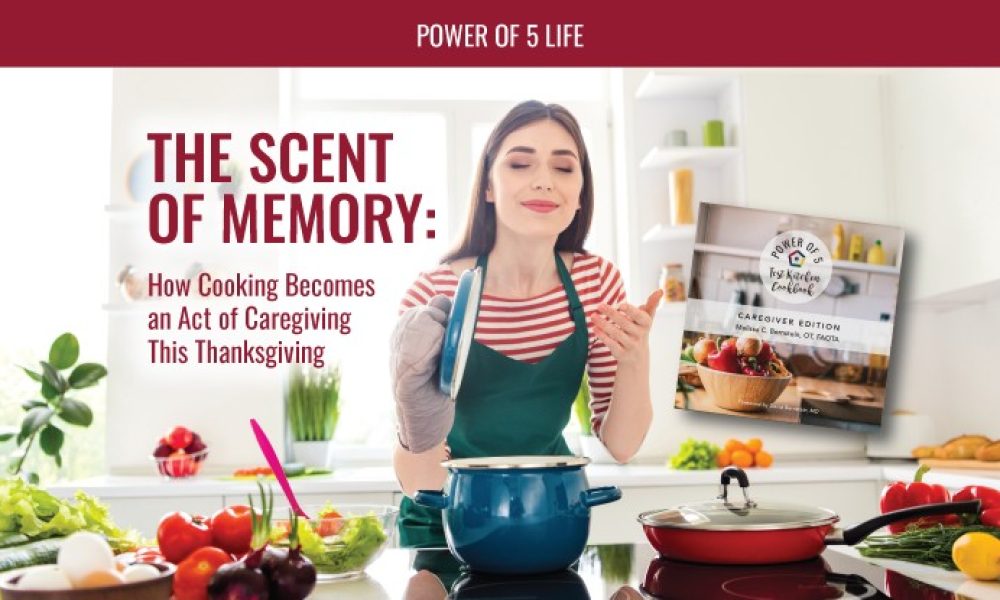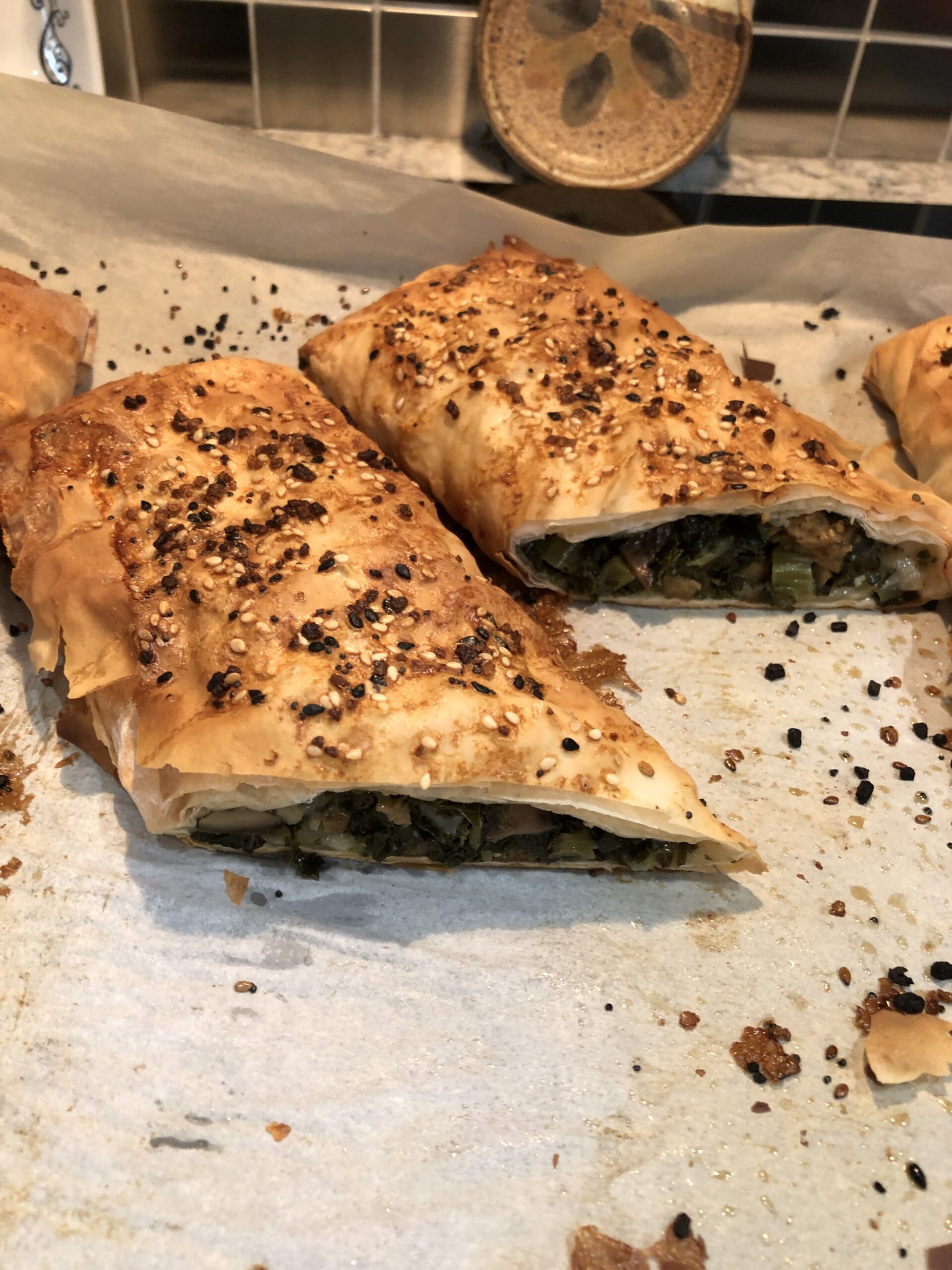Cooking and Memories
For many of us, the aroma of Thanksgiving dinner is a time machine. The scent of roasted turkey, cinnamon and nutmeg, or your family’s favorite holiday dish can instantly transport us back to a cherished memory.
November is National Caregiver Month, a time to honor the quiet heroes who give so much of themselves. It’s also a season for gathering, giving thanks, and embracing cherished traditions. For many family caregivers and their loved ones, however, the holidays can feel overwhelming—a stark reminder of what has changed. But what if this year, Thanksgiving could be an opportunity for deep connection?
Meaningful Journeys
As a caregiver, you may feel the daily tasks are repetitive. But what if one of those tasks—like preparing a meal—could become a meaningful journey into the past? I want to share a powerful idea: The kitchen is the perfect place to reconnect with a loved one and bring memories back to life through food.
As an occupational therapist, chef, healthy living advocate, and author of The Power of 5 Test Kitchen Cookbook – Caregiver Edition, I explore how the kitchen can be a place of purpose, not just for preparing meals, but for reigniting memories and strengthening caregiver-care partner bonds. It’s about bringing your care partner back into the heart of the home, transforming a simple task into a shared, therapeutic experience.
Steps to Reconnect with a Loved One
Here’s a simple challenge for you this Thanksgiving and holiday season:
- Pick a Familiar Recipe: Choose a dish you’ve made together for years—the one that holds a special place in your family’s history. This taps into powerful food and memory associations.
- Break Down the Steps (Activity Modification): Don’t try to complete the whole recipe at once. Focus on a single, safe task your care partner can handle, like washing vegetables, stirring a mixture, or shelling peas. This is a core occupational therapy technique.
- Encourage Reminiscence: As you work, ask about past Thanksgivings and other special gatherings. What was their favorite dish? Who was always in the kitchen? These moments of reminiscence therapy, sparked by aromas and the food itself, are what truly nourish the soul.
Essential Caregiver Strategies: Compassionate Cueing Techniques
Compassionate cueing techniques are vital principles for caregivers to keep in the forefront when collaborating with care partners during a cooking activity. These techniques ensure the experience is positive and engaging.
- Respectful Communication: Maintain a respectful tone at all times when communicating during a task or activity.
- Acceptance and Adaptation: Accept your loved one’s current ability level and modify the task accordingly. Work from where they are.
- Gentle Guidance: Use gentle suggestions and simple cues to help ease the successful completion of steps.
- Never Force: If they are resistant or their feelings are disregarded, retreat and try a different approach later.
- Safety First: Always prioritize kitchen safety for seniors and those with cognitive challenges when using appliances, utensils, and positioning.
Making a Moment Together
By engaging in this purposeful activity, you’re not just preparing a dish, you’re reviving (and making) a memory while affirming the enduring bond you share. This shared caregiving activity is a gift you can give each other—a reminder that a shared past can be a powerful force in the present. It’s about more than just making a meal; it’s about making a moment.
For additional tips and resources for caregiving cooking, click the link to secure your copy of my cookbook for yourself or a caregiver in your life before the holiday. The Power of 5 Test Kitchen Cookbook Caregiver Edition will be your trusted guide for a safe, fun, and successful kitchen experience!
Best Wishes for a Happy Thanksgiving, filled with love, laughter, meaning, and togetherness.
Melissa
Healthy Living Advocate, Occupational Therapist, Author, Artist & Chef



